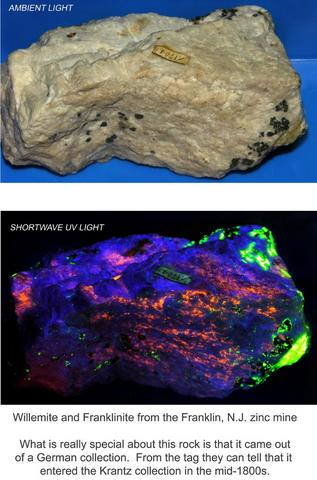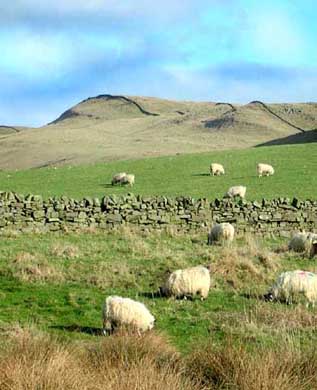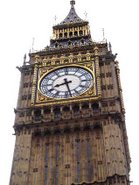Ansel Adams
--
I have been reading the 1993 book by Harry M. Callahan which explores the photography work that Ansel Adams did in color.
-
For most of his life Ansel Adams experimented with color (especially transparencies), but did most of his really great work in black and white. There were several reasons for this, but probably the biggest was the control that one has in the darkroom when printing black and white photos. This control is lacking when printing color photographs.
-
He did a great deal of work during his lifetime in the area of using a printing press to print color photographs, and he felt that when working in color one could achieve the desired results better in print than in photographs. I completely agree with this. When I am printing in color on glossy photo paper using a good 600 dpi or 1,200 dpi dot matrix printer I generally get far closer to what I am shooting for than when I have the work turned into an 8x10 color photograph.
-
In general AA was in favor of "reality" in photography. He said, "I thoroughly dislike 'abstract' color photography that merely apes abstract painting." Another time he was talking about "realistic images" vs. the photographers who seemed to revel in overdone, garish color. He said on this occasion, "If you can't make it good, make it red."
-
And another time he said, "Many photographers are apt to confuse color with noise and to congratulate themselves when they have almost blown you down with screeching hues alone - a bebop of electric blues, furious reds, and poison greens."
-
Apparently Ansel Adams was not adverse to saying exactly what he thought!
-
One year before he died at age 82 he gave an amazing forecast of the future, saying on April 1, 1983, "I would enjoy 'enhancements' of the colors which I fear is not possible with conventional material today... The scope of control with the electronic image has not been explored, but I feel confident astonishing  developments await us in this area."
developments await us in this area."
-
Now it is 25 years later, and good digital SLR cameras are readily available which almost rival what a 35mm film camera can do. They still are not even close to the resolution that one can get with a medium or large format camera. But software like Photoshop allows one to take a picture, crop it, and then easily adjust the levels, brightness, contrast, colors, and color saturation. High dynamic range software even allows one to take several bracketed pictures, and then combine them to achieve a greater range of colors and contrasts than one can get using conventional means. And all of this can be done within a few minutes of taking the photo. No need to wait on chemical developing, printing, etc.
-
Once one has mastered the basics of focus, depth of focus, lighting and shading, shutter speed, aperture, focal length, etc.; and one has some mastery of a decent post processing software program such as Photoshop, then I think it is perfectly valid to occasionally venture into the area of pure art as opposed to realism. But in general I tend to agree with AA's sentiments that less can often be better than more.
-
-
-
-
-
-
-
-


























